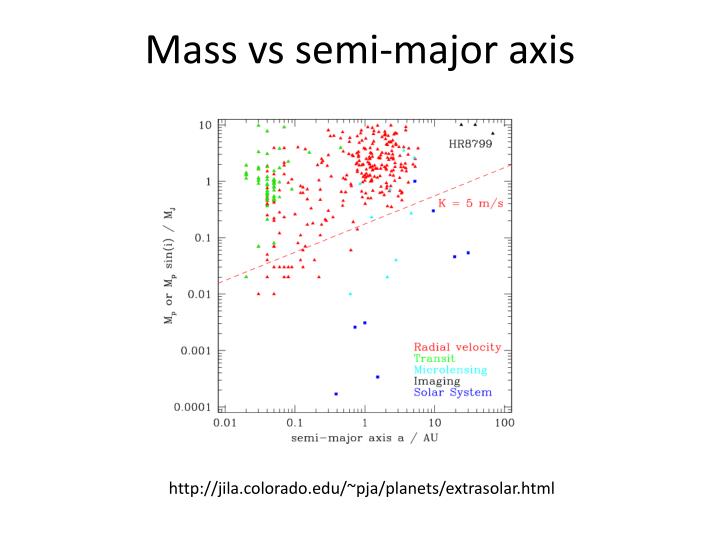


Based on the period, or time the star takes to complete a wobble, we can calculate the period and radius of the planet's orbit, along with the planet's mass. We can discern this minuscule motion by precisely measuring the star's position. As an orbiting planet's gravity tugs on its parent star, it causes the star to wobble in its path across the sky. We can detect these effects using a few handy methods, each with its own strengths and weaknesses. So, what instruments and techniques do scientists use to locate exoplanets, and how do they work? "With that large number, there's a good chance life and maybe even intelligent life might exist on some of those planets," he added. Joseph Catanzarite, an astronomer at NASA's Jet Propulsion Laboratory, told in 2011 that as many as 2 billion of them may be Earthlike in scale. Kepler scientists estimate that there may be as many as 50 billion exoplanets in the Milky Way.

īut those discoveries may just be the tip of the iceberg. One star, Kepler-33, has a solar system of five planets, which range in size from one-and-a-half to five times the size of Earth. In late January 2012, they announced the discovery of 11 new planetary systems, including 26 confirmed exoplanets, which apparently range from possible rocky planets about one-and-a-half times the radius of Earth, to gas giants bigger than Jupiter. As of early 2012, Kepler's scientists, who've been scanning 150,000 distant stars in search of signs of planets orbiting them, have identified around 2,300 "candidates," or objects that may be planets. Īrmed with state-of-the-art telescopes and other high-tech tools, astronomers are spotting new worlds at an astonishing rate. In particular, they aim to identify rocky, Earthlike orbs that are the within the so-called "Goldilocks zone" - that is, just the right distance from their stars to have surface temperatures that would sustain liquid water, and thus at least make possible the development of life. Since then, others - including the scientists of NASA's Kepler Mission - have been on a quest to find more of these exoplanets, as they're called by astronomists. In 1995, University of Geneva astronomers Michel Mayor and Didier Queloz announced the discovery of the first planet outside our solar system, a Jupiterlike giant orbiting around a "main sequence" star similar to our sun, 51 Pegasi. In recent decades, astronomers armed with radio telescopes, orbital observatories and other powerful high-tech tools have begun to answer that question. As we applied our myths of faraway realms to these heavenly bodies, we began to wonder about the possibility of life on other worlds, an idea that has enthralled us ever since. Long before there were telescopes, astronomers or written history, people gazed up at "wandering stars" that later observers would call planets.


 0 kommentar(er)
0 kommentar(er)
